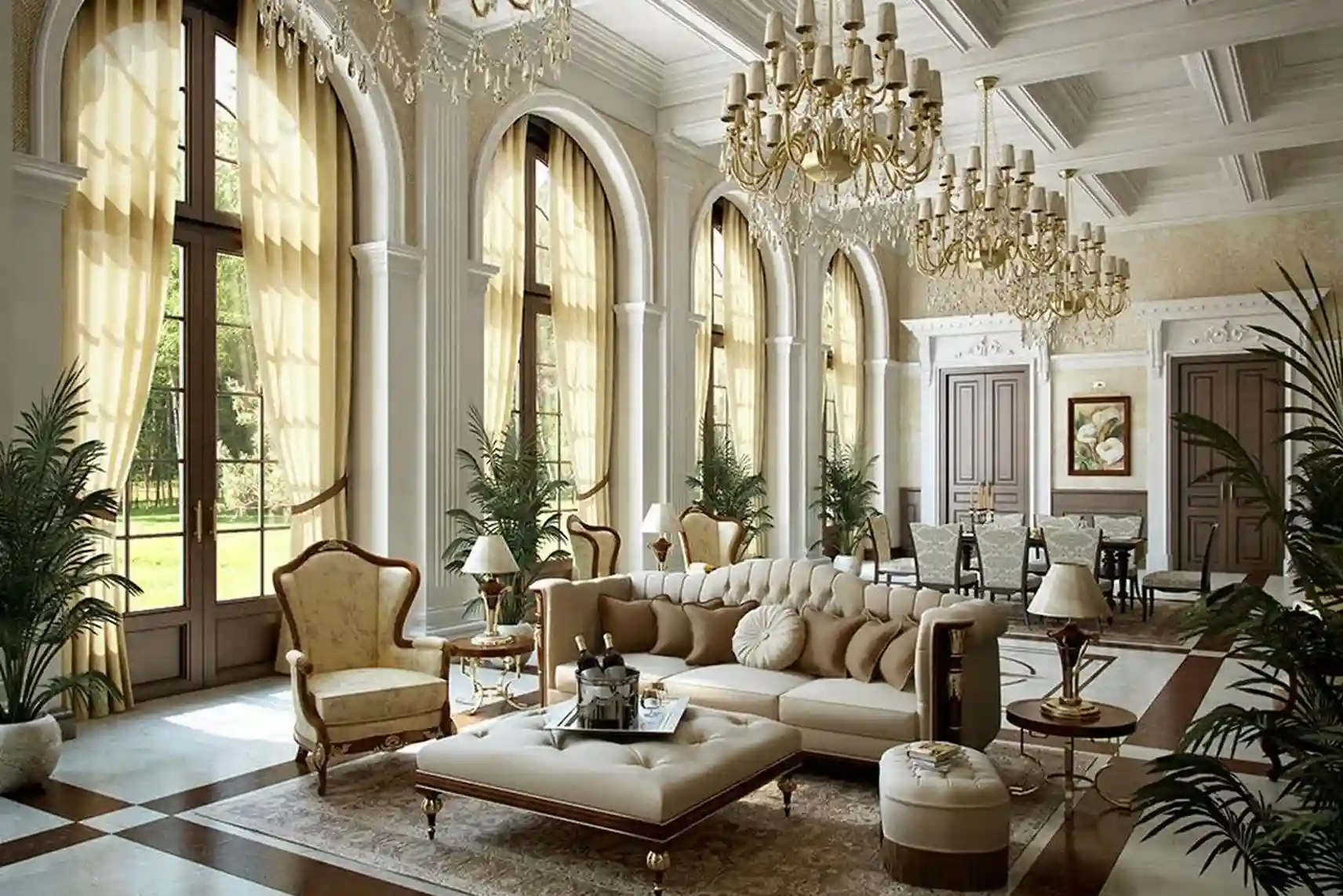Internal decoration refers to the art and process of enhancing the interior of a building to achieve a healthier and more aesthetically pleasing environment. It encompasses various elements such as color schemes, furniture selection, lighting, and the overall layout of the space. This article delves into the key aspects of internal decoration, providing insights and tips to create a harmonious living space.
The Importance of Internal Decoration
Internal decoration plays a crucial role in setting the mood of a home. It affects how a space feels and functions, influencing everything from productivity to relaxation. A well-decorated home not only enhances visual appeal but also contributes to the comfort and well-being of its occupants. Internal decoration allows individuals to express their unique style and personality, reflecting personal tastes tailored to fit the lifestyle of the occupants. Thoughtful decoration can improve the functionality of a space, as proper furniture arrangement and decor choices create zones for different activities, making a home more practical.
A beautifully decorated interior can significantly increase the value of a property. Potential buyers often seek homes that are visually appealing and well-maintained. Colors, textures, and layouts can evoke emotions, and a well-decorated space can promote relaxation, creativity, and happiness.
Key Elements of Internal Decoration
Color Schemes
Color is one of the most powerful tools in internal decoration, capable of setting the tone for an entire room. Soft whites, beiges, and grays create a calming environment while serving as a versatile backdrop for various decor styles. Bright hues such as deep blues, greens, or reds can add personality and drama to a space. These colors can be used as accents to avoid overwhelming the room. Sticking to different shades of a single color creates a cohesive look while adding depth and interest.
Furniture Selection
Choosing the right furniture is crucial in internal decoration, and selecting pieces that suit the needs of your household is essential. A large family may require a spacious dining table, while a single person may prefer a minimalist approach. Furniture should also reflect the desired style of the room, whether it is modern, traditional, or eclectic, and it should complement the overall design. It is important to ensure that the size of the furniture fits the dimensions of the room. Overly large pieces can make a space feel cramped, while too-small items may seem lost in the area.
Lighting
Lighting is essential in creating ambiance and enhancing the beauty of a room. Maximizing natural light can make spaces feel more open and inviting. Sheer curtains or blinds can be used to allow sunlight in while maintaining privacy. Incorporating multiple light sources, such as overhead fixtures, floor lamps, and table lamps, creates depth and versatility in lighting. Highlighting specific areas or features with accent lighting, including artwork or architectural details, adds visual interest to the decor.
Textures and Fabrics
Textures add dimension and warmth to internal decoration, and incorporating various materials creates a tactile experience. Cushions, throws, and rugs introduce comfort and coziness to a space. Mixing fabrics such as cotton, wool, and linen enhances the sensory appeal of a room. The combination of different materials like wood, glass, and metal can create contrast and interest. Textured wallpapers or wall paneling can serve as focal points within a room, further enhancing the overall aesthetic.
Accessories and Artwork

Accessories are the finishing touches that can transform a room, and displaying items that reflect your personality and interests adds a personal touch. Family photos, travel souvenirs, and cherished collectibles can tell a story about your life and experiences. Investing in artwork that resonates with you can elevate the overall aesthetic of your home, whether it is paintings, sculptures, or prints. Incorporating plants brings life and color into your space, improving air quality and adding a natural element to your decor.
Trends in Internal Decoration
Staying updated with current trends can inspire your internal decoration projects. There is a growing emphasis on using eco-friendly materials and sustainable practices in interior design. Choosing reclaimed wood, non-toxic paints, and energy-efficient lighting options can enhance both the aesthetic and environmental impact of your home. The minimalist trend focuses on simplicity and functionality. Clean lines and neutral colors can create a serene environment. Biophilic design integrates nature into the built environment, promoting well-being through the use of natural materials, large windows, and indoor plants.
Mixing vintage pieces with modern decor creates a unique and eclectic look, allowing for the incorporation of personal history into the design. Thrift stores and flea markets can be great sources for finding one-of-a-kind items that add character to your space.
Tips for Effective Internal Decoration
Planning ahead is crucial before starting your decoration project. Creating a plan that includes your budget, timeline, and design goals will help guide your efforts. It is beneficial to begin with a single room or area, allowing you to refine your style and build confidence. Striving for balance in your decor by distributing colors, patterns, and furniture evenly throughout the space creates a harmonious environment. Being open to changes and adjustments as you decorate can lead to the best outcomes, as sometimes a last-minute decision can enhance the overall design.
Internal decoration is a multifaceted process that requires careful consideration of various elements, from color schemes to furniture selection. By understanding the importance of internal decoration and incorporating key design principles, you can create a beautiful and functional living space. Whether you prefer a minimalist approach or a more eclectic style, the possibilities are endless. With thoughtful planning and creativity, your home can become a true reflection of your personality and lifestyle.









